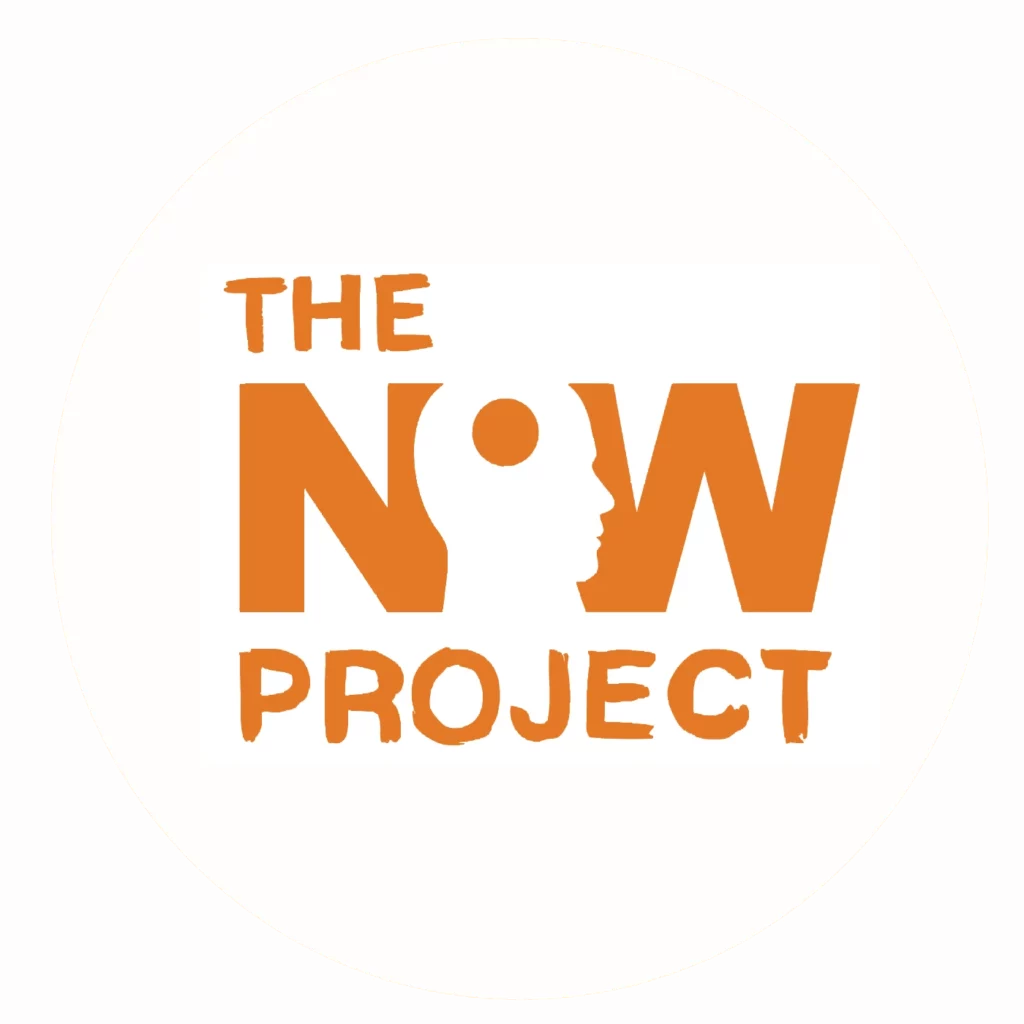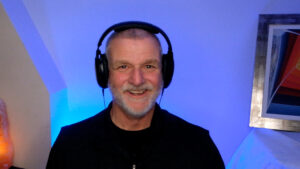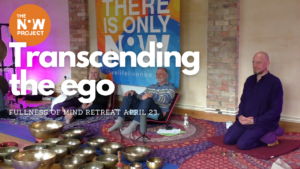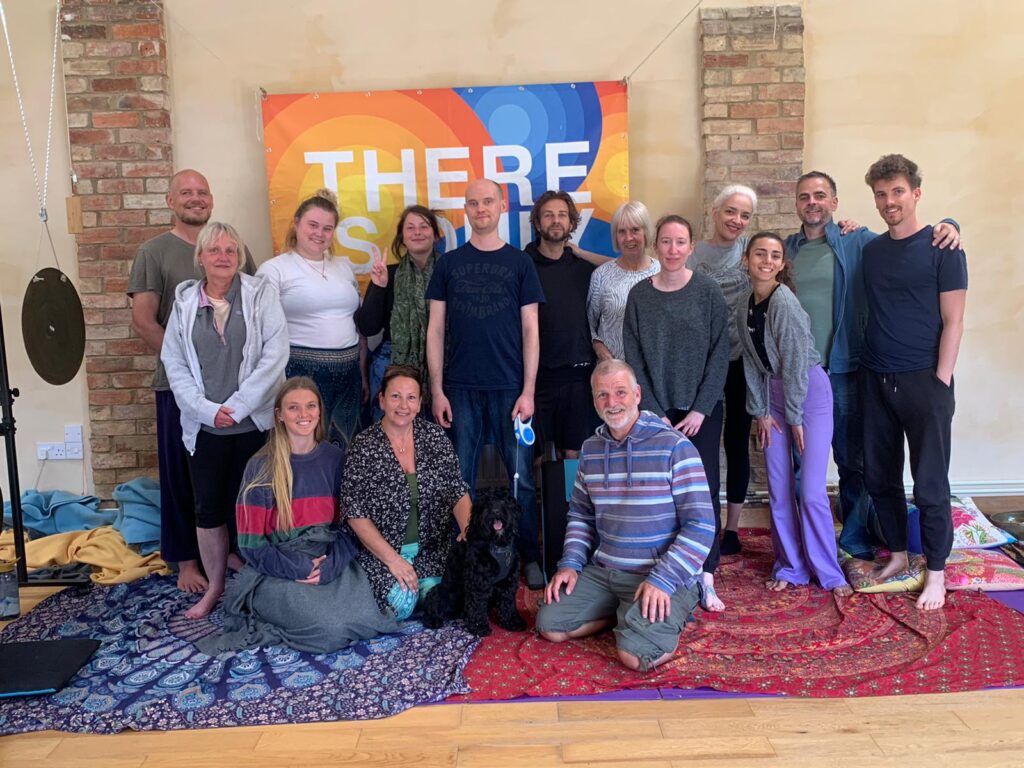I’m really excited to be sharing this addition to The Portal with you. It’s the first piece provided by our friend Oli Doyle from the other side of the globe! Check out his Contributor Profile for more about his work and now enjoy this wonderful piece giving you some beautifully simple Mindfulness tools. Sophie
Your mind may be like a raging torrent, dragging you away into thoughts of past and future, or the outside world may seem to demand your attention, leaving you lost in problems and stories. Either way, it is easier to live more connected to your true self and to the present moment if you have a few tools to help you to stay present.
And so, I find it useful to break mindfulness practice up into four complimentary skills. In reality, these skills overlap and are not separate, but you may find it helpful, especially at first, to practice them one at a time. After a little practice, you will find yourself naturally applying each skill at different times, but here are a few simple exercises t get you started.
Skill 1: Instantaneous Focus
Instantaneous focus is pretty self- explanatory. It simply means narrowing down your attention to this very instant. The simplest way to do this is with a practice I call Just This Breath.
As you read this, move your attention to your breathing. Feel what it is like to breathe in and out. Don’t worry what your mind says about it, just feel the breath as it happens.
Now narrow your attention to just this breath. Feel this in breath, feel this out breath, and in between breaths check whether you are still in the present moment or not. If you find yourself lost in thought, come back to just this breath.
Try living one instant at a time and see what it’s like! This can be especially helpful when your mind is racing, chewing over some past or future problem (because there aren’t any problems right now).
Skill 2: Allowfulness
Allowfulness is our next skill. It is a word that came to me while I was wondering how describe the art of allowing what is whilst simultaneously trying to improve your life. Alowfulness seemed to fit nicely.
To practice allowfulness, take your attention inside and notice where your body feels tense. Watch the tension closely, allowing it to be exactly as it is, just for this instant. Feel your breath coming and going and be curious. What does the tension feel like? Does it move or stay still? How much space does it take up? Keep noticing your breath as you make friends with the tension, allowing it to stay as long as it needs to, which is always just this instant, (what else is there?).
Try practicing allowfulness when you feel stressed or upset and you want to run away from those feelings. It’s a great way to process them instead!
Skill 3: Finding Space
We have been conditioned to pay close attention to objects, events, sounds and sights, but we humans often don’t notice space, silence or stillness. Deliberately looking for them is a wonderful way to step out of mind and into now!
Come back to your breath and notice its rhythm; there is the in breath, the out breath and a pause in between. Pay close attention to that pause, the gap between activities. Allow your attention to sink into that gap, feel it deeply, then allow it to disappear as the next breath arises.
You can extend this activity by noticing the empty space in the night sky, listening to the silence between words or sounds and by enjoying the spaces between events in your life. Try it when you’re waiting in line at the supermarket, or when your day seems overfilled with appointments and events.
Skill 4: Noticing Awareness
If you pay close attention to your experience, you will find two dimensions. There are things that happen (thought, feelings, clouds, the sunset) and there is someone watching all that unfolds (awareness). In other words, there are things happening and there is you watching them happen. This may seem a little other worldly, but it is quite obvious when you look inside.
Start with your breath once more. Notice your breath coming and going and then ask yourself, ‘Who is watching the breath?’ Don’t try to answer in words, just allow the question to sit with you.
Can you sense the awareness that is there in the background?
Feel the sensations in your body and ask, ‘Who is aware of this body?’ See what you notice when you look into the background of your experience, who is there?
You may find that you can’t answer this, but you can sense something (or someone) watching. Congratulations, you found yourself!
This practice may take a few goes to make sense, but it is helpful when you are getting lost in the identity your mind created through stories of the past and future. It is quite a deep practice, and if it feels too difficult now, start with one of the others and come back to it later.
Once you get a feel for these four skills, you will find that they an be combined and that they are indeed one practice. But start with one at a time, just for a few minutes a day, and you will start to feel some changes very quickly. Consistency is more important than duration, so keep at it in small doses and you will never be the same.
And if you would like a more detailed set of exercises to help you on your journey, you can check out my latest book, Mindfulness For Life or visit www.olidoyle.com





